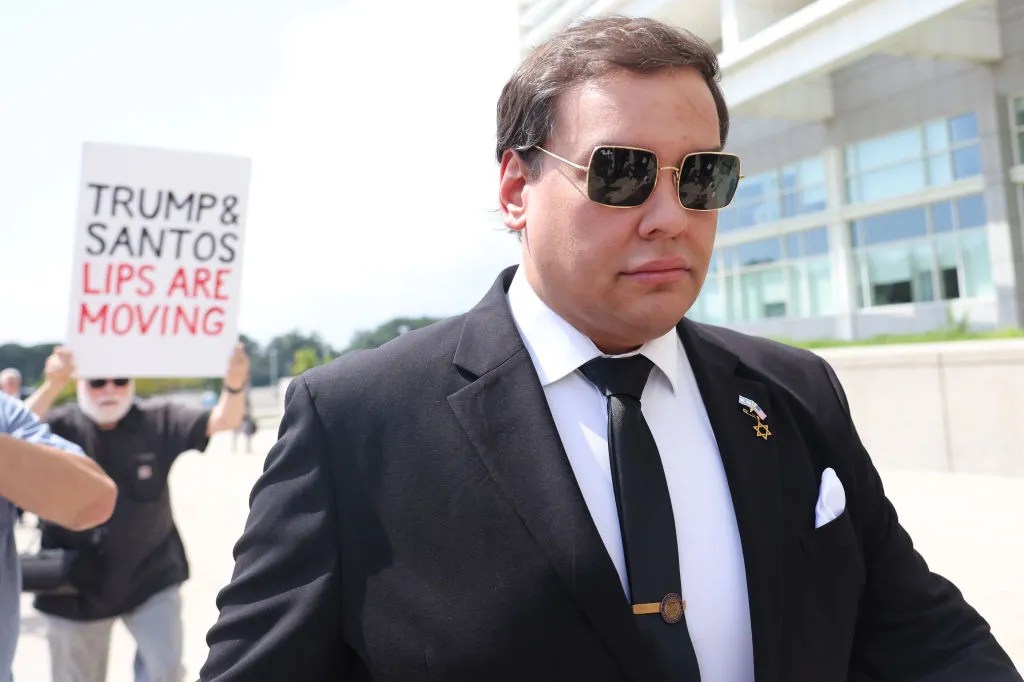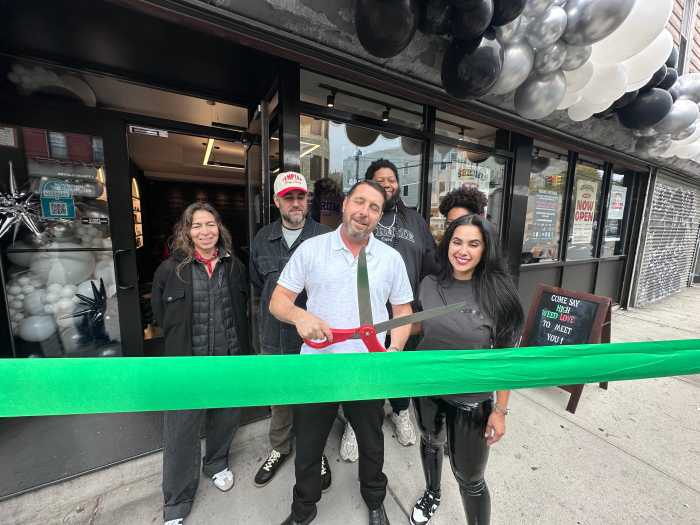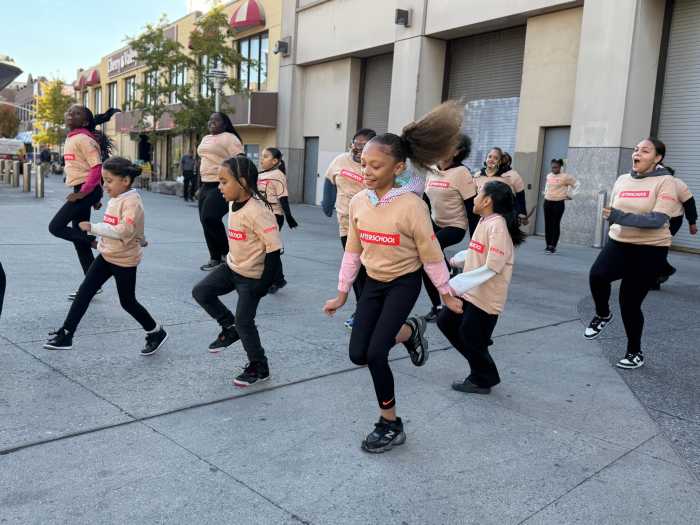Exploring the musical twin mystique
Louis Pepe and his partner Keith Fulton, the men behind the remarkable documentary “Lost in La Mancha” have finally made their first fiction film, “Brothers of the Head,” and it’s a doozy—an incredible, psychedelic story of British Siamese twin rock and roll musicians, bursting with ambiguous sexuality.
But even with the unusual characters, this is not a traditional music film. Pepe and Fulton mix cinematic styles, using elements of documentary, animation, and concert footage to take viewers on a wild ride through the turbulent world of the band, “The Bang Bang.”
Based on a novel by Brian Aldiss. “Brothers of the Head,” is faithful to the themes in the book if not the exact storytelling itself. Tom (Harry Treadaway) and Barry (Luke Treadaway) are conjoined twins who form a musical act, gaining minor fame in 1970’s London.
Pepe and Fulton came to the material at a lunch with Tony Grisoni, the writer of Gilliam’s Quixote adaptation that begat “Lost in La Mancha.” Grisoni optioned the Aldiss novel, and thought it might make a good project for the filmmakers to work on together.
Pepe recalls, “Keith and I read it and we said, ‘Oh My God, this novel has so many things in it that we liked.’ And there is a weird way that the novel seems unfilmable, too. The novel is much more fantastical than the film. And the film really pushes it towards almost like a dramatic realism.”
As such, the filmmakers applied their unique cinematic style to “Brothers of the Head,” changing the structure of the narrative and sometimes the characters.
“When you read the novel, there’s just a heterosexual romance. We didn’t abandon it, because that’s in the film. But there is something about [twins] that goes beyond what we consider the normal boundaries of sexuality.” Pepe said. “We did not go into the project thinking this has lots of gay possibilities.”
However, queer sexuality is palpable throughout the film, and not just because of the twins’ extremely close relationship.
For example, Pepe considers how to depict the twins’ sexual relationship with their girlfriend Laura Ashworth (Tania Emery). “Is it so simple as she has sex with one and not the other? Think of the realities of three young people in the ‘70s who come back after an evening of rock and roll and are high and drunk. It isn’t clear cut. It has to be more blurred and ambiguous.”
He continues asking questions that may also plague viewers, “And is the kiss between Tom and Barry something that is erotic or provocative?”
In another scene, Tom starts kissing a female fan, while Barry locks lips with a man. Pepe responds, “I can’t answer the question of whether Barry [is gay or not] and I know that part of what we were playing with there, is that the ‘70s and that period of rock and roll are so pansexual,” coyly, explaining, “[When] you are exposed to hormones, people who want to touch you and be around you.”
The filmmaker expresses that his interest in research on sexuality and twins was a factor in how Tom and Barry are portrayed, but says no more on the topic. Instead, Pepe describes his appreciation for the work by Luke and Harry Treadaway.
“They were the only pair of twins we saw,” he says, admitting that the actors were found while Pepe and Fulton were “boy watching” in London. “A lot of what you see in the film comes from them. There are things that Harry and Luke brought to those characters that neither Keith nor Tony nor myself could ever have dreamed up.”
The filmmakers were especially pleased that the Treadaway brothers could perform not only the dramatic roles and be conjoined for a lengthy film shoot, but also handle the intense musical and concert scenes. “They really worked so hard on the music and the physical aspects and the dramatic aspects,” said Pepe with unbridled admiration.
Perhaps because the filmmaker detected a deeper bond between the brothers he felt they were perfectly suited for the usual project.
“There was something about their relationship as twins that was so engaging and informs so much of what the film is. Because the film is ultimately about that unknowable mystery that is that relationship. There is a way in the film that you never get to know Tom and Barry but yet you are fascinated by these glimpses of what that relationship is like.”
He continues to discuss the mystique of twins. “Some twins have a very tight bond to the point of dressing alike, and other twins try to radically distinguish themselves. Harry and Luke are very interesting because they are very unique personalities. They are very different people. Yet their aspirations are in the same field—they are both actors, they are both musicians, they went to the same drama school—half of the teachers at their drama school can’t tell them apart.
As for if the brothers ever reversed their roles on or off screen, Pepe diffuses any rumors.
“We were constantly trying to distinguish them. In the film, once Barry gives himself this kind of rock and roll haircut, [there is] no mistake. I know people get confused enough.”
That said, Pepe acknowledged that when he and Keith first met and auditioned the actors, he could not tell the difference between them. But that soon changed.
“The more we got to know them, the more we said, no one is ever going to believe these guys are twins. They are nothing alike. They look nothing alike. You really start to see them as individuals. And then someone else you’ll introduce them to won’t be able to tell them apart, and you get this constant juxtaposition of them as vastly different individuals and them as a unit, which is kind of what the tension of the film is.”
As “Brothers of the Head” clearly shows, appearances are and should be deceiving. Just check out how the film opens as a documentary than shifts into something strange and fictitious.
Such is the wild and wonderful world of Pepe and Fulton films.
gaycitynews.com





































